An ugly pimple crops up on your face and you have an interview the next day? You could put a little tea tree oil or benzoyl peroxide on it, but the spot treatment of the moment are acne patches. Long gone are the days of trying to dry your pimples out with toothpaste and baking soda (both are irritating and could make scarring worse by increasing inflammation).
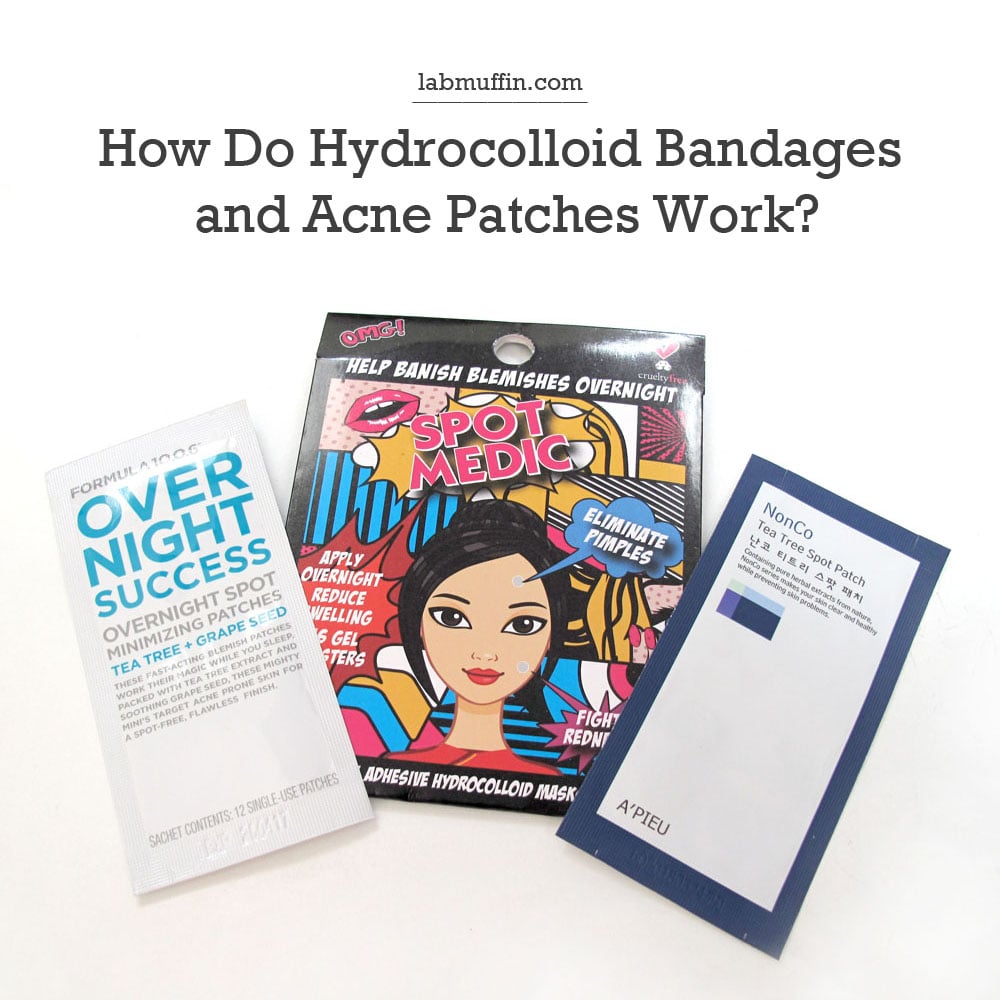
There are a few advantages to using acne patches:
- They protect your pimple from rubbing and touching (whether you’re doing it subconsciously or just rubbing your face on your pillow at night), which can lead to infection and scarring
- They can create a moist environment for faster and better healing
- They can deliver active ingredients to your pimple and the bandage can make them penetrate more effectively
- They can absorb fluid from your pimple
- They can protect your pimple from UV light, which can decrease pigmentation
- They’re usually waterproof, so you don’t need to reapply them every time you wash your face
There are two types of acne patches: hydrocolloid bandages and treatment patches.
Hydrocolloid Bandages
Hydrocolloid bandages are flexible bandages made of a water-attracting material attached to a thin plastic film. The bandage is stuck to an open wound with the water-attracting film facing downwards. Hydrocolloids were originally designed to be used for ulcers, but they’ve become more popular for acne, particularly in Asia.
The tough, outer plastic film is usually polyurethane and keeps everything in place, as well as preventing the water from evaporating and drying out the wound, so the wound heals faster and the new skin that forms is supple rather than tight and stiff. It also protects the wound against rubbing and scratching.
The water-attracting material is usually made of carboxymethyl cellulose, gelatin and/or pectin, which have lots of water-binding groups in their chemical structure. This sucks fluid out of the wound. As fluid enters the bandage, it goes from transparent to white and swells up, which means you get a very satisfying white spot:
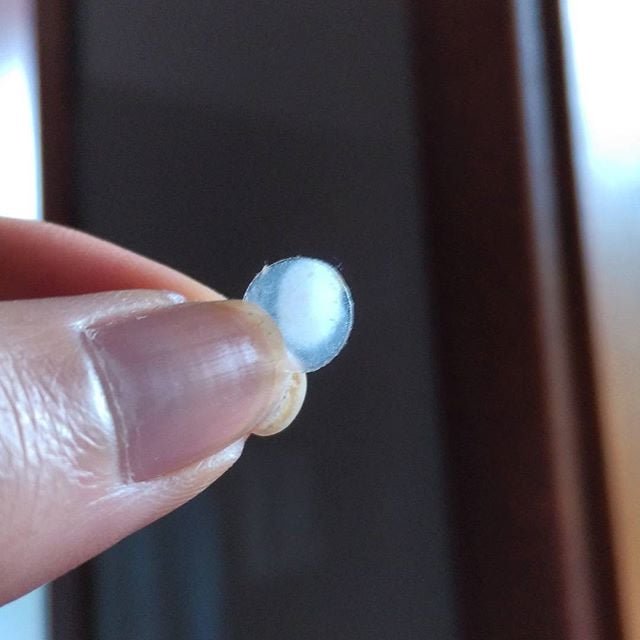
There are quite a few studies on the benefits of hydrocolloid bandages in different types of open wounds, but only one on using hydrocolloids in acne. They found that using 3M Acne Dressings for a week on pimples (with bandage changes every 2 days) decreased the severity of the pimple, as well as redness, oiliness and dark pigmentation, compared to using skin tapes.
Acne Treatment Patches
Treatment patches contain active ingredients that are delivered to your pimple while it’s on. The most common active ingredients in acne treatments are salicylic acid and tea tree oil – most patches contain both.
There are some advantages to using these treatment patches instead of applying a normal product:
- The patch increases penetration of the active ingredients due to occlusion – the patch keeps the skin under it moist, which increases skin permeability. On the flip side, if you’re sensitive to anything in the patch or if your skin isn’t clean, your reaction will be amplified
- The patch keeps the active ingredient in place so it doesn’t get rubbed off accidentally
- The patch protects your pimple from rubbing and touching, and it keeps the wound moist so it heals faster and better
Even though the active ingredients are usually the same, the patches perform differently so it’s a good idea to read some reviews of them before choosing one to buy.
Should I use a hydrocolloid bandage or an acne treatment patch?
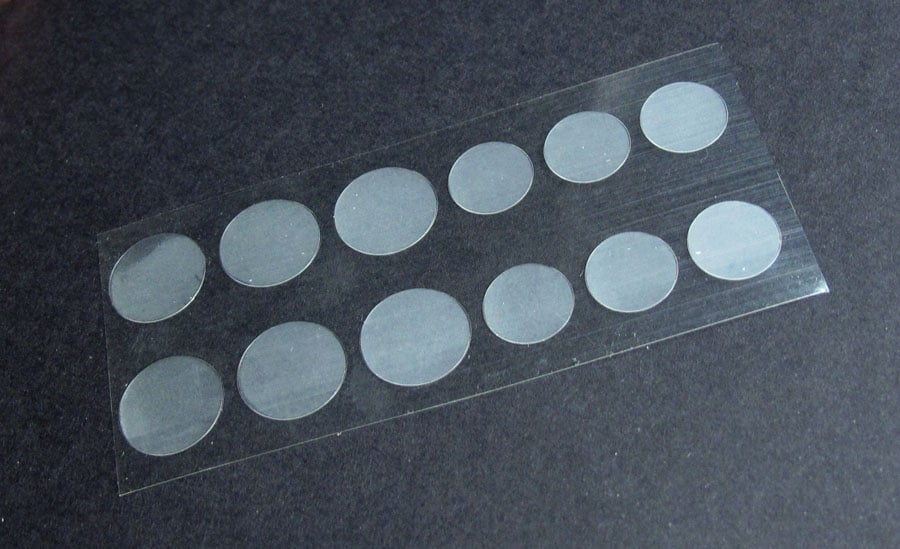
Hydrocolloids and treatment patches look similar but act differently.
Use a hydrocolloid bandage if your pimple is raised or has visible pus, so it can suck out the fluid and flatten out the pimple. However, if your pimple is too wet, it can make the bandage stick badly and fall off. If your pimple doesn’t actually have any fluid in it, a hydrocolloid patch won’t do much.
Use an acne treatment patch if your pimple is inflamed but doesn’t contain much fluid. They won’t be able to absorb much fluid, so if your pimple is wet at all it will fall off quickly.
Acne treatment patches are thinner than hydrocolloids – if your pimple is already quite flat, they’re almost invisible to the eye and you can wear them outside without it being too obvious.
Acne Patch Reviews
The products I’ve tried are:
3M Nexcare Acne Absorbing Covers (Amazon, eBay) – These are the original hydrocolloids for acne and come in a pack containing 2 sizes of circles – 6 mm and 12 mm across. They work fantastically for sucking out pus, but I found them a bit thick and the colour doesn’t blend in with the skin very well so they’re not very good for daytime use. They also feel a bit stiff and get stiffer as they’re exposed to air. I bought these on eBay.
Spot Medic Individual Hydrocolloid Masks for Pimples (Priceline) – Spot Medic’s bandages are almost identical to the Nexcare bandages, coming on a sheet with a mixture of 6 mm and 12 mm circles. They’re a little thinner and uncoloured, and less stiff so they stay on better during the night. However, they don’t absorb as much fluid and it’s a little more expensive to buy these in Priceline than to order hydrocolloids online, but they’re convenient.
Coloplast Comfeel Dressings (Amazon, eBay) – My mum is a nurse with an amazing collection of bandages, so I grabbed this from her stash. This comes in big rectangles, and you can make about 24 medium sized bandages from a 4 cm x 6cm rectangle, which works out to be a little cheaper than the individual dots (if you buy bigger rectangles it works out to be even cheaper). It’s less convenient, and the bandages cut from the centre are quite thick, so they are a bit uncomfortable, but they absorb lots of fluid. These stick on like crazy!
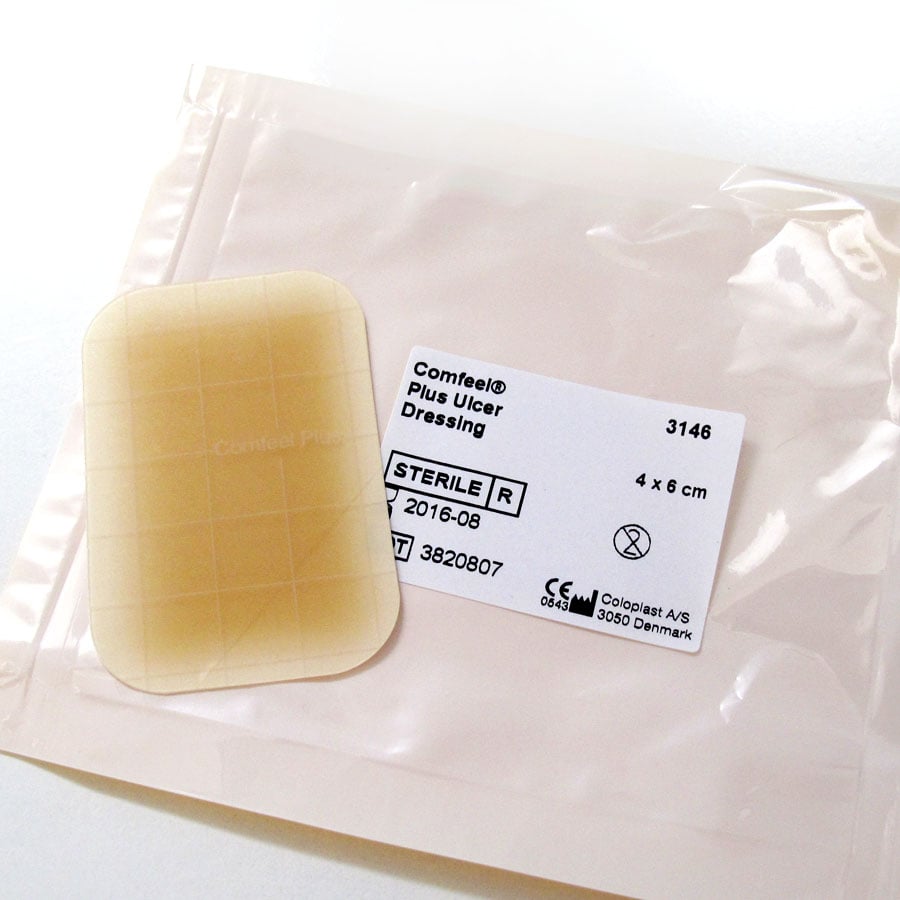
Formula 10.0.6 Overnight Success Spot Minimizing Patches (Priceline, eBay) – I only recently noticed these appearing in stores in Australia. These patches come in a box of 7 sachets, each containing 12 stickers (half 11 mm and half 14 mm). They’re very thin and barely noticeable on your skin. It tingles a little when you apply it, probably due to the tea tree oil and salicylic acid in the formula. Be careful how you use these – I applied it to a pimple that had already come to a head, without cleaning the area sufficiently first (I know – rookie error!), and the next day I woke up to what my boyfriend called “the biggest pimple [he’d] ever seen in [his] entire life”.
A’pieu NonCo Tea Tree Spot Patch (Day Care) (Amazon, eBay) – I bought these on eBay based on reviews from Fanserviced-B and ColorCrush. These patches are almost identical to the Formula 10.0.6 patches, except that they don’t tingle quite as much. Apart from that, I haven’t really noticed any difference, and the ingredients are almost exactly the same.
I haven’t found any of these patches useful for cystic acne though, only shallow pimples – it’s more likely that the acne treatment patches will work for them though, since the hydrocolloid bandages only work by absorbing fluid.
Where can I buy hydrocolloid bandages and acne patches?
Acne patches are increasingly popular so you’ll be able to find both in pharmacies like Priceline. You can also buy them online on Amazon and eBay. Since a lot of Asian brands have these products, places like TesterKorea, Sasa and RoseRoseShop.
Round hydrocolloid dots designed for pimples: MEDca (Amazon), 3M Nexcare (Amazon, eBay), COSRX (Amazon, eBay
), Spot Medic (Priceline), Skinfood (Amazon, eBay
)
Hydrocolloid dressings that can be cut to size: Duoderm (Amazon, eBay), Coloplast Comfeel (Amazon, eBay
), Johnson & Johnson Tough Pads (Amazon, eBay
)
Acne treatment patches: A’pieu (Amazon, eBay), Formula 10.0.6 (Priceline, eBay
), Innisfree (Amazon, eBay
), Peter Thomas Roth (Sephora, eBay
)
Be careful when you’re buying acne patches. The two types look very similar and usually come in sealed packets, so make sure you’re buying the one you want! Hydrocolloid bandages are usually more expensive (more than 15 cents a bandage) and will specifically say “hydrocolloid” on their packaging, while treatment patches are generally cheaper (more than 5 cents a bandage) and will list their active ingredients.
References
S Thomas, Hydrocolloid dressings in the management of acute wounds: a review of the literature, Int Wound J 2008, 5, 602-613.
C-M Chao, W-Y Lai, B-Y Wu, H-C Chang, W-S Huang & Y-F Chen, A pilot study in efficacy treatment of acne vulgaris using a new method: results of a randomized double-blind trial with Acne Dressing (open access), J Cosmet Sci 2006, 57, 95-105.
J Wohlrab, Skin tolerability of transdermal patches, Expert Opin Drug Deliv 2011, 8, 939-48.
The Formula 10.0.6 patches were provided for editorial consideration, which did not affect my opinion. This post also contains affiliate links – if you decide to click through and support Lab Muffin financially, thank you! For more information, see Disclosure Policy.
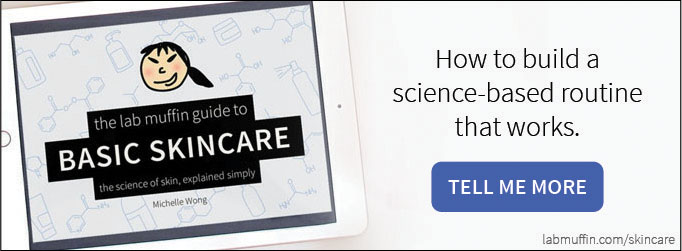
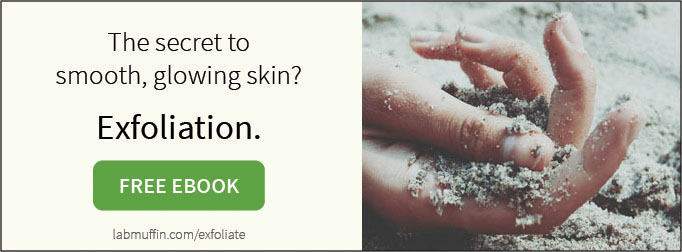
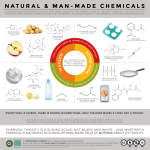


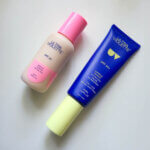
Thank you for clarifying the difference between hydrocolloid bandages and treatment patches. I was a bit confused over the difference.
I was too! They look almost identical in every photo.
Great information! Thanks!
Hi there can I apply a hydrocolloid bandage to a pimple I’ve already popped? Like if blood is visible?
I’ve tried googling this but all I get is results for hydrocolloid dressings for wound care. I guess technically a popped pimple is an open wound, but I still feel like putting anything over a popped pimple that is trying to form a scab is a bad idea.
wow almost a year later but i found applying the hydrocolloidal bandage to an already popped pimple made it go down in like 2 days compared to what usually would be 2 weeks for me. I tried it on a non popped pimple and it didn’t do much.
Great article
I used the Nexcare acne patch.. And it left the circle mark on my skin.. It has been 2 days already, is this temporary?
u ok? or do u still have a circle mark on your skin after 1 yr 2 months?
That’s pretty nice. But does this seriously work? Does this help to get rid of acne? Then I would like to try it.
Great post! Do you have any idea what the ingredient “Tetrakis Methane” in Cosrx Acne Patches is supposed to do and if it is safe? I have not managed to find much about it and the brand did not respond to my inquiry. Thanks!